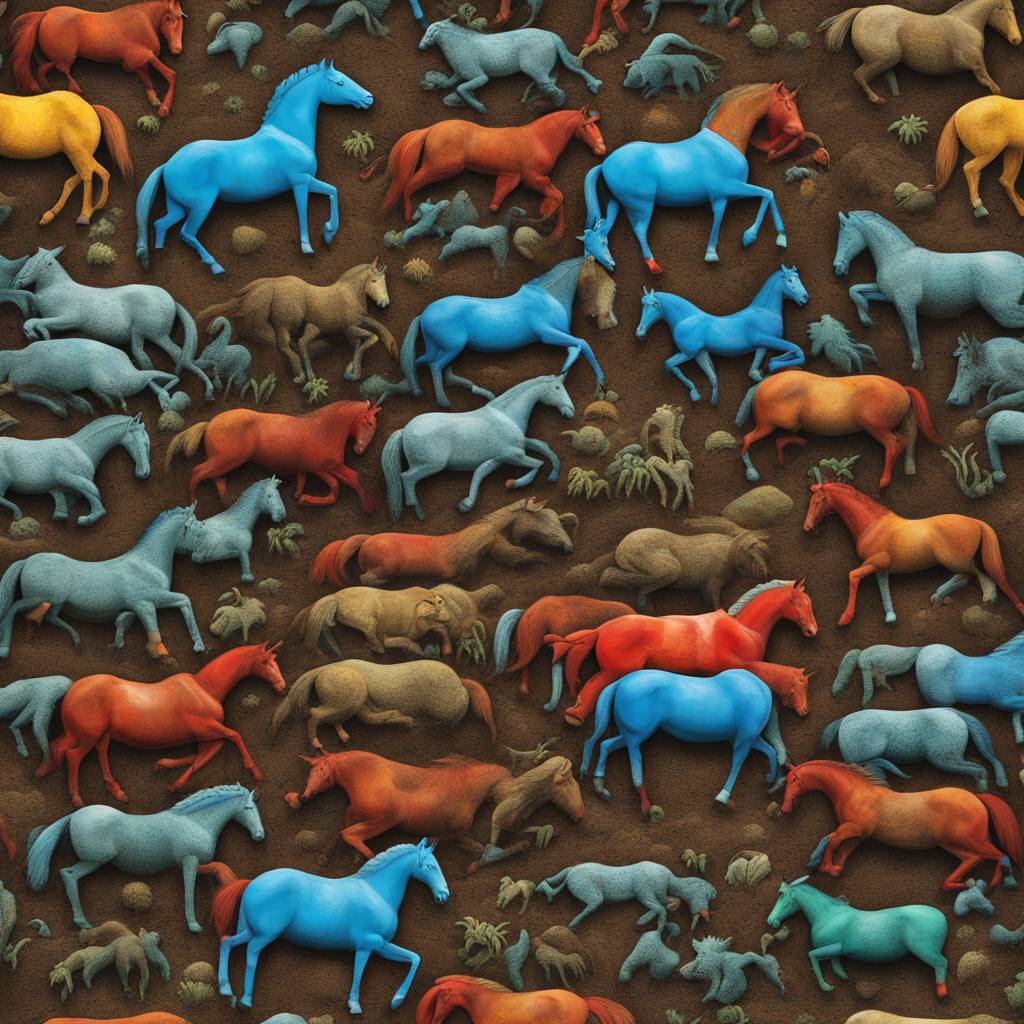An archaeological analysis of a unique animal cemetery in London has revealed the international horse trading practices of the elites in late medieval and Tudor England. Using advanced techniques such as studying chemical composition in the horses’ teeth, researchers were able to trace the origins of several physically elite horses and the routes they took to reach the British shores during the 14th to 16th centuries. These horses, resembling modern supercars in terms of their height and strength, were imported from various locations in Europe for use in jousting tournaments and as status symbols.
The skeletons of these horses were discovered at a site under Elverton Street in Westminster, excavated in the 1990s. The cemetery was located outside the walled City of London but close to the royal palace complex at Westminster. By analyzing the chemical signatures in the horses’ teeth, researchers were able to determine that these horses did not grow up in the UK, but were sourced from various international locations, possibly Scandinavia, the Alps, and other northern and eastern European regions.
This research, led by the University of Exeter and funded by the Arts and Humanities Research Council, was published in Science Advances. The results indicate that representatives for the King and other medieval London elites scoured horse trading markets across Europe to acquire the best quality horses available, which were then brought to London. The horses were likely used in jousting contests held in Westminster, close to where they were buried, showcasing the elaborate trade network of these prized animals during the Middle Ages.
The physical analysis of the teeth revealed wear indicative of heavy use, particularly with a curb bit, a sign of elite animals groomed for war and tournaments. Bit wear on some of the mares suggested they were also used under saddle or in harness for breeding purposes. The skeletons showed evidence of larger than average size, with indications of a life involving riding and hard work, further emphasizing the status and value of these medieval horses as prized possessions of the elite.
The findings suggest that the finest medieval horses were highly prized possessions, akin to modern supercars, reflecting the status and wealth of their owners. The study provides tangible evidence of an international horse trading network that involved acquiring the highest quality horses from across Europe. The discoveries at Elverton Street shed light on the scale and sophistication of horse trading practices among the medieval London elite, showcasing their pursuit of the best horses available at a European level for use in prestigious events such as jousting tournaments.













